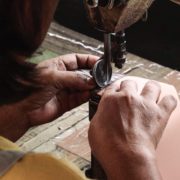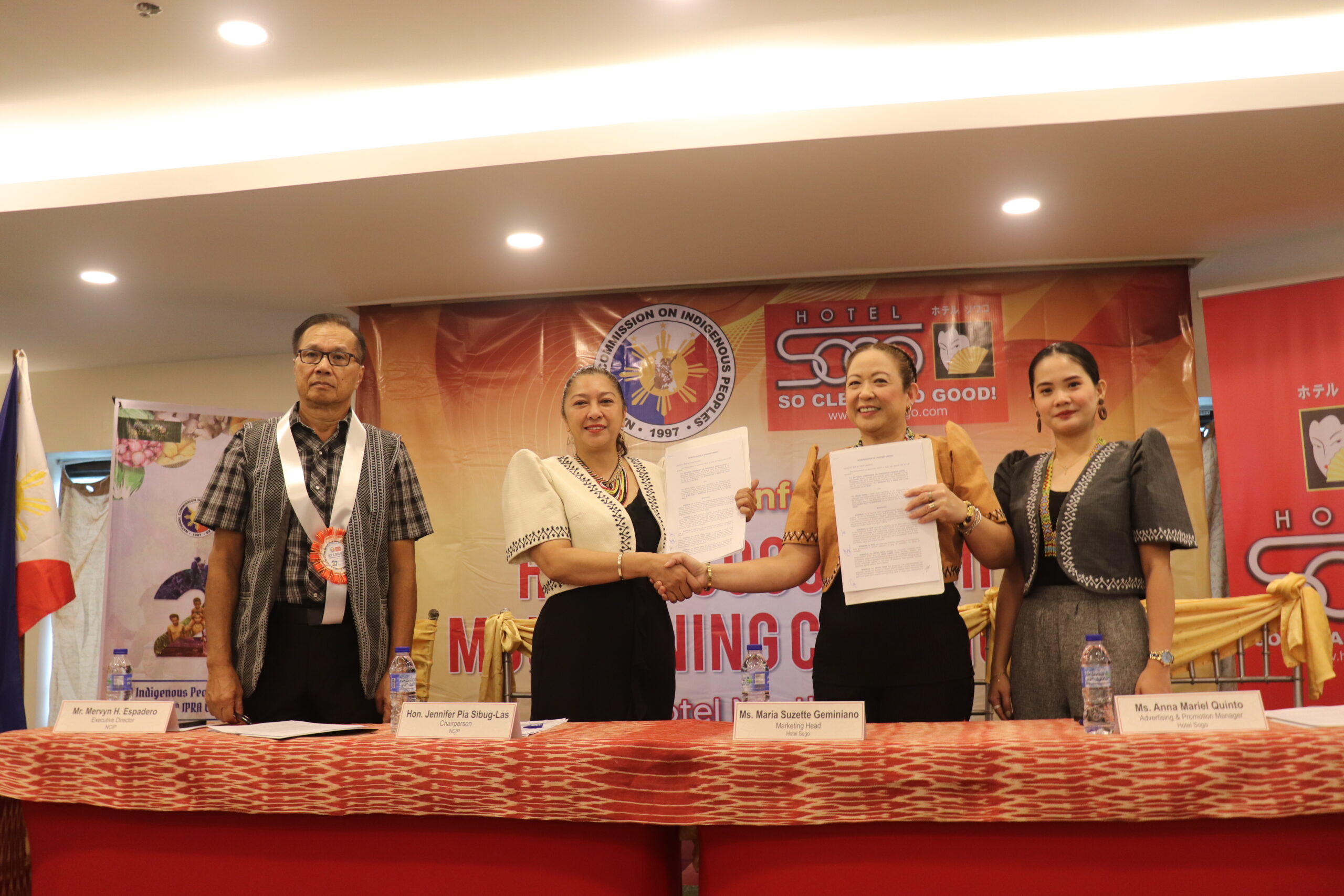Shoes have always been an integral part of us.
It speaks the language of our personality, our mood, our character, and our style. It’s a defining piece that expresses who we are or who we want to be. As for our own shoes, we want something that not just only create a style. Whether it’s boots, sandals, loafers, heels, or any any other kind of footwear, we definitely want a pair that would last. And when it comes to local production of fashionable and quality shoes, no place in the Philippines stands out more than the city of Marikina.
When we speak of Marikina City, it’s not surprising when the first thing that comes to mind were shoes. Because of its robust shoe and leather industry by the turn of the 20th century, Marikina earned the title of Shoe Capital of the Philippines.
Today, SOG corporation is among the local manufacturers that continues to carry legacy of Philippine shoe making industry. Through the Otto shoes brand, Manuel Samson, founder of the SOG Corporation, shares the country his vision of providing quality footwear for all walks of life.
For Manuel, owning a shoe manufacturing company was not his first ambition. In fact, his real dream was to become a pilot. But facing their impoverished circumstances in the past, Manuel knew that his parents couldn’t afford such costly studies. Understanding that the cost would be too expensive them, Manuel then decided to help his parents in the factory instead.
In 1985, Manuel founded the SOG corporation as the manufacturing company for OTTO shoes–a brand renowned for its durability and quality. Under his management, OTTO grew to a nationwide network of 63 stores that employ more than 500 individuals and subcontractors from a single store in Pasig with only five employees in 1979.
But the shoemaking history of Manuel’s family dated back even before the Second World War. It was in 1967, when Manuel’s parents, Vicente Samson and his wife, Lucena Pascual-Samson, created the Stork brand shoes and built their own shoe empire.
Years later, Stork brand changed and paved way to the creation of the OTTO brand.
As part of their innovation, during 1980’s, OTTO introduced metal bulldogs and the carasole, or carabao hide footbeds in the country. They also as crafted the localized versions of Indian moccasins, penny loafers and wooden clogs.
Today, OTTO maintains its tradition of excellent craftsmanship while pursuing new store concepts, new designs, and new products for the OTTO retail outlets and OTTO World of Shoes stores.
THE PROCESS OF SHOEMAKING
So how were footwears made? Manuel shared how SOG corporation transforms raw materials to quality shoes OTTO brand were renowned for:
01 The desired shoe design were first sketched in the materials to create a shoe pattern.
02 Materials were then cut into pieces through the use of skiving machines.
03 After being cut, the materials were assembled and cleaned by a primer for better cementing operations.
04 Next, the shoes were cooled to let the glue dry.
05 Last, the shoes were sewn for stronger attachment of materials, producing a more durable and higher shoe quality.




